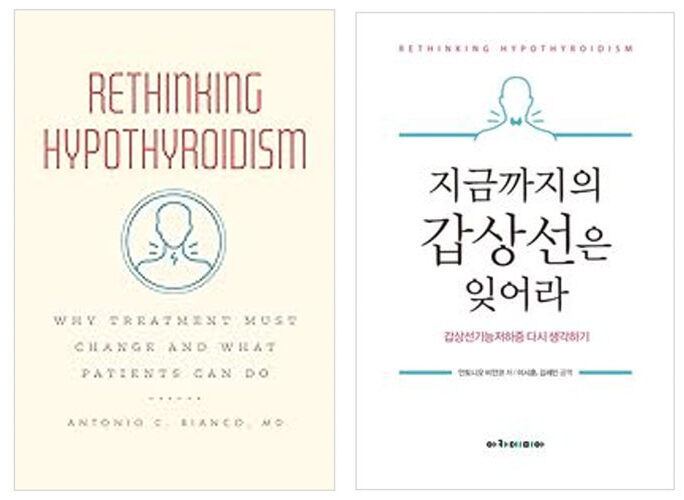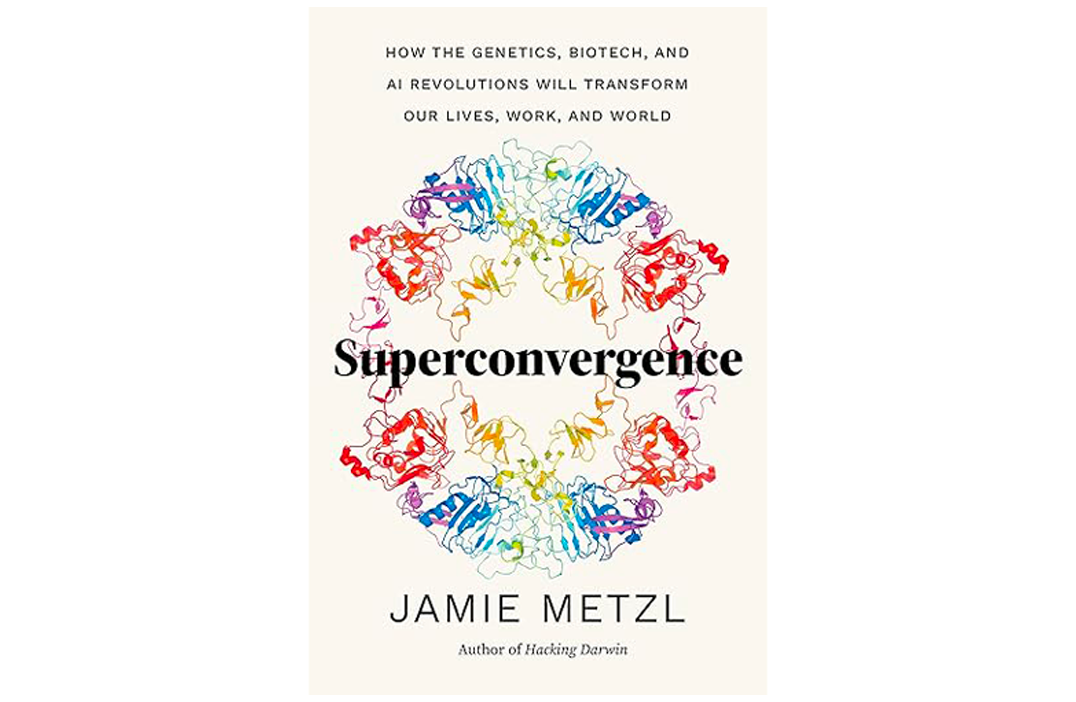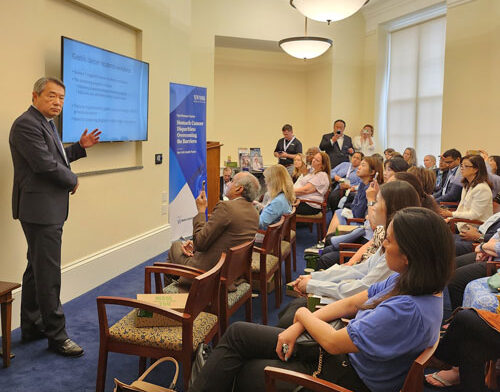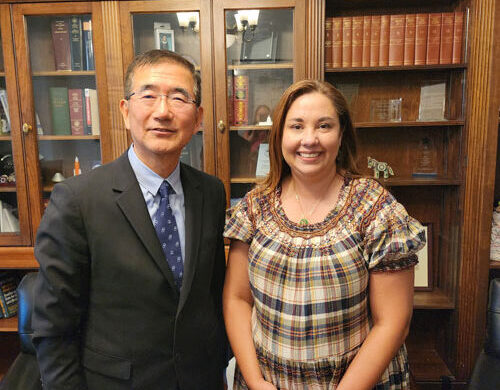Chul S. Hyun, MD, PhD, MPH
Gastric Cancer and Prevention Screening Program, Yale School of Medicine, New Haven, CT
Gastric cancer is the fifth most common cancer worldwide, with around 1.1 million new cases in 2020 and is one of the leading causes of cancer-related deaths (1). A significant portion of gastric cancer cases arises in Asia, followed by regions such as Latin America, Europe, and other areas. Despite the high incidence, the five-year survival rate remains low, only about 20%, which signals an urgent global health concern (2,3,4). Projections suggest a sharp increase in both incidence and mortality by 2040, making screening and prevention critical components of cancer control efforts (5).











